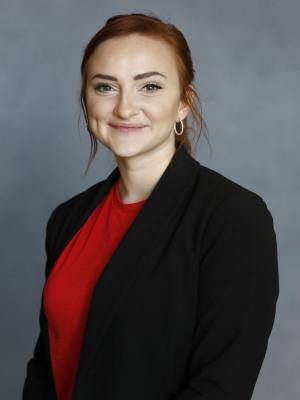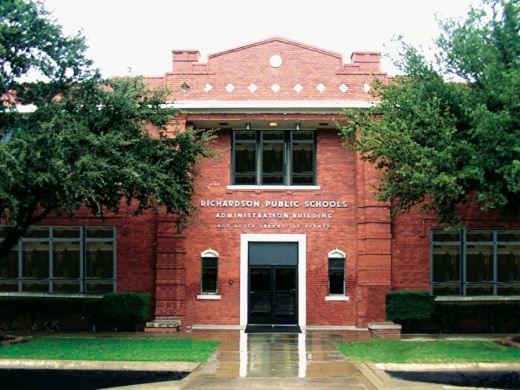The district had 37,385 students enrolled Sept. 14, the 17th day of school for the fall semester, Assistant Superintendent of Administrative Services Brenda Payne said at a Sept. 21 board meeting. This is 2,105 less students than the district had enrolled on the 17th day of school in 2019, she said.
The state distributes funding based on both enrollment and attendance, Chief Financial Officer David Pate said. For each student, the district receives about $7,000 and could receive more based on special circumstances, such as if the student is economically disadvantaged or dyslexic.
If the district is not able to enroll more students by the state’s official enrollment snapshot date Oct. 30, funding could be cut by millions, trustee and board treasurer Kim Caston said.
The conservative budget approved by the board this year and in years past could soften the blow from the potential shortfall, Pate said.
“This district, based on the decisions this board and prior boards have made, is very well positioned to weather this storm,” he said.
Despite this, trustees could still be faced with difficult decisions in the future, Pate warned.
The district hopes that ensuring adequate funding is a top priority for legislators as they head into session this January, both Superintendent Jeannie Stone and Pate said.
District officials are investigating where students no longer enrolled in RISD have gone, Payne said. If students are unable to be reached, staff will attempt to visit them at home, she added.
“We are hearing some pretty sad stories,” she said. “There are some reasons kids are sitting at home, and they need us to find them, and they need us to bring them back and provide them resources.”
Many of the students the district is trying to locate are economically disadvantaged, Payne said. These students may also need remediation to catch up with their peers, which will cost the district more money, Caston said.
Decreased enrollment has been consistent in RISD for several years, with lower levels often seen in kindergarten, fifth grade and ninth grade, Payne said. Officials speculate that the dip in kindergarten enrollment this year is due to hesitation by parents to send their children to school during a pandemic, she added. These students may return next year, Caston said.
“We were kind of hearing the buzz that parents were making the decision to potentially not bring their kids to school, maybe not start in this environment, and it’s proven to be true,” Payne said.
The district also saw a decrease in bilingual enrollment, she said. This drop has been consistent for several years.
“There are a lot of reasons we can speculate,” Payne said. “We don't have specific data on that, but we definitely see that as a trend in our district.”
The loss of students is consistent throughout the district’s four feeder patterns, she added.
Though RISD officials are paying attention to the impact decreased enrollment could have on the budget, they are also concerned about student welfare.
“The concern is not just from a budgetary standpoint, although that is a grave concern,”
Stone said. “It’s also from students not being in school.”





